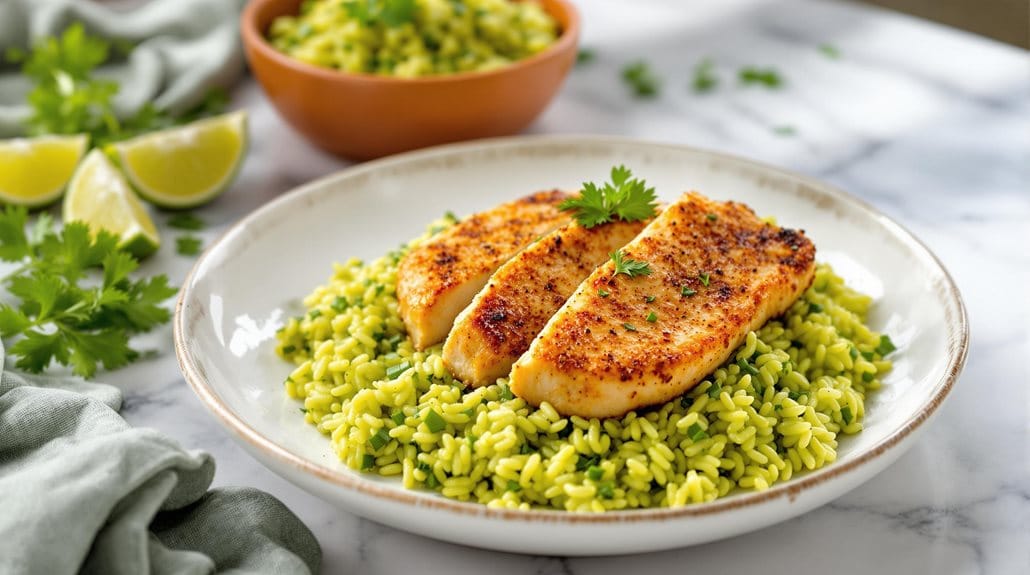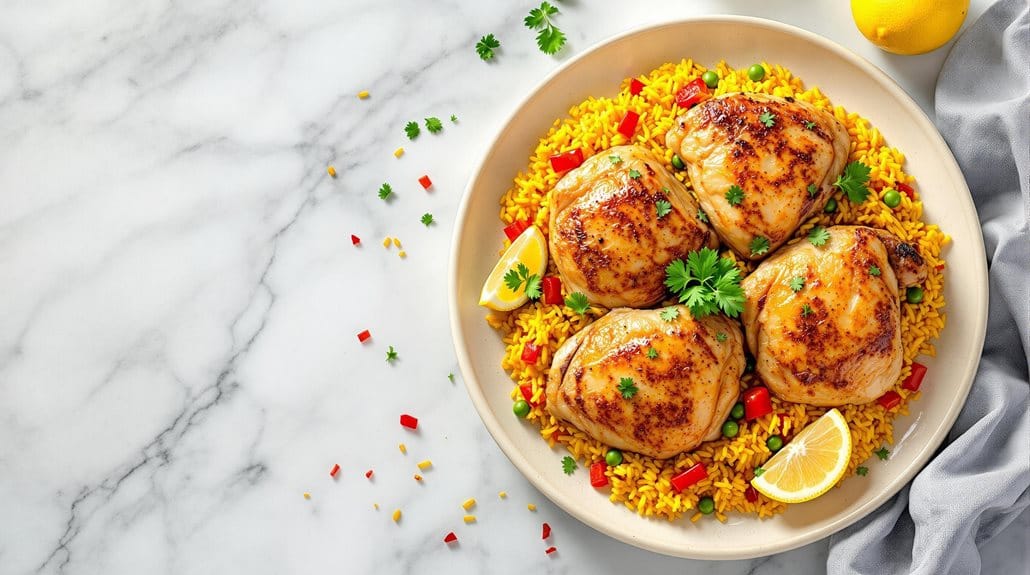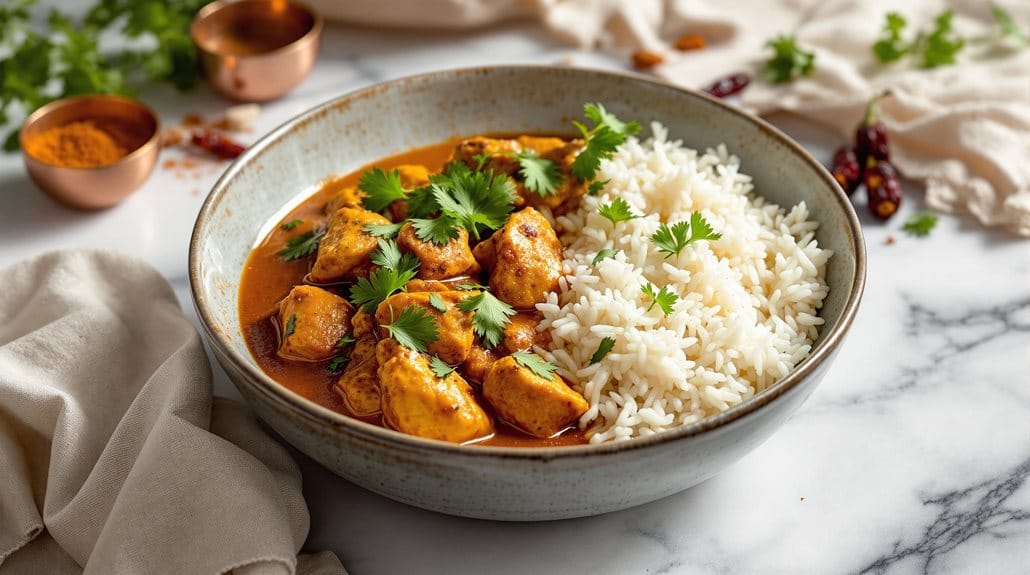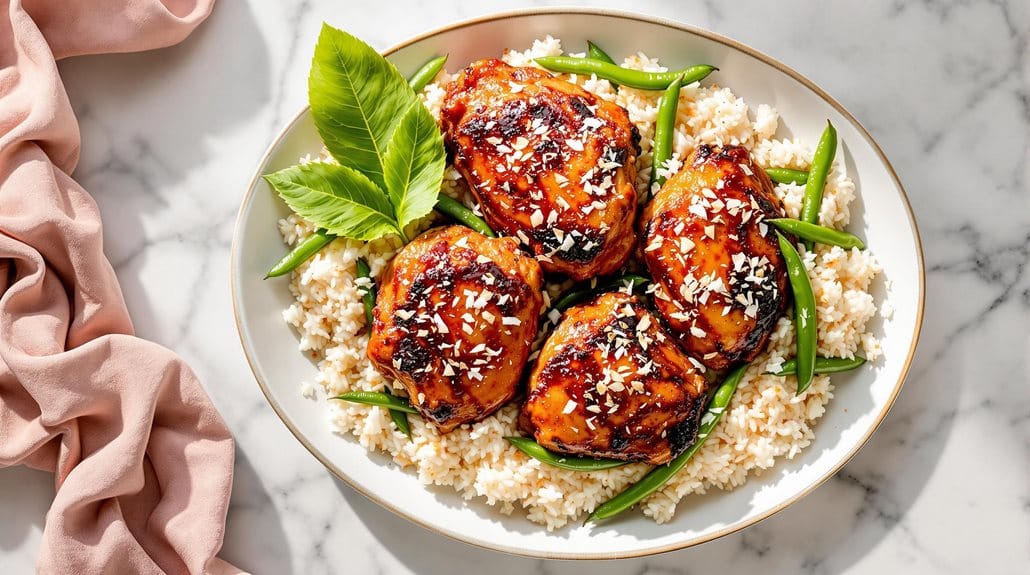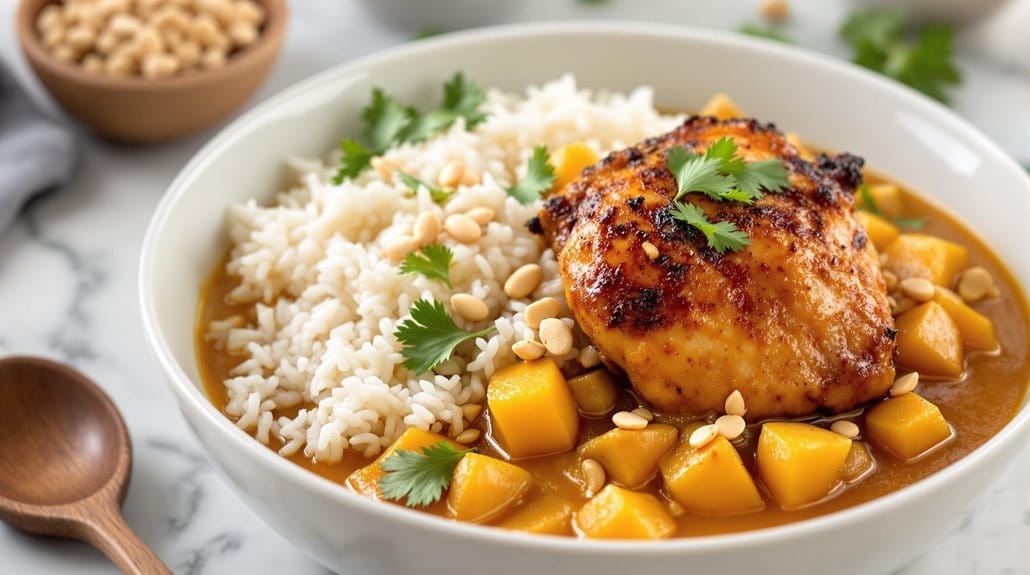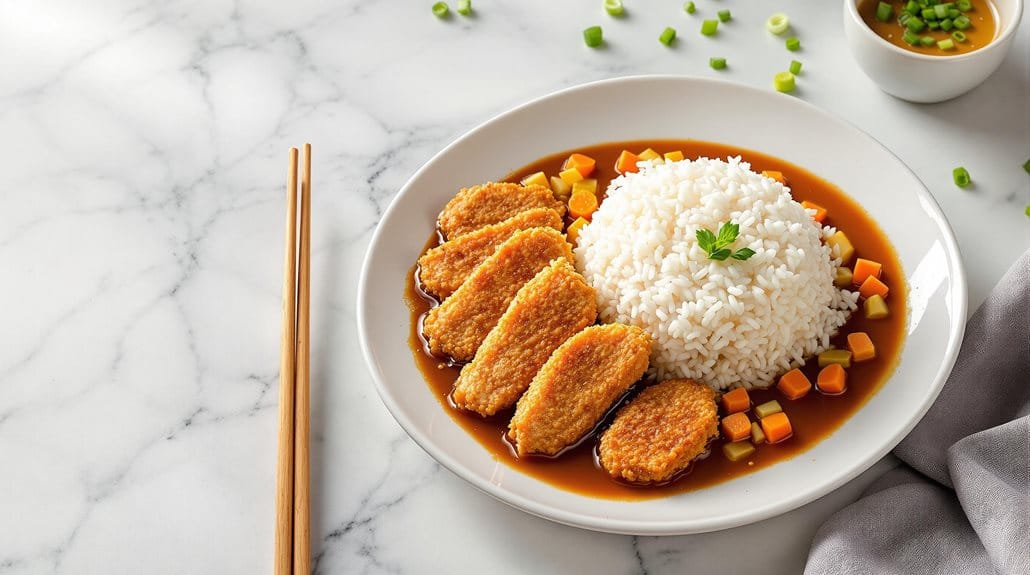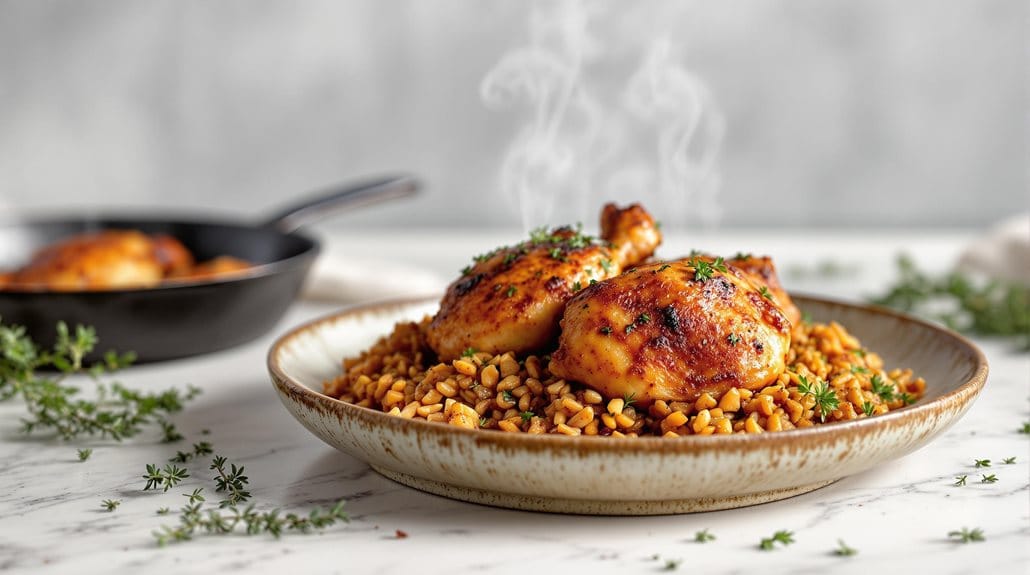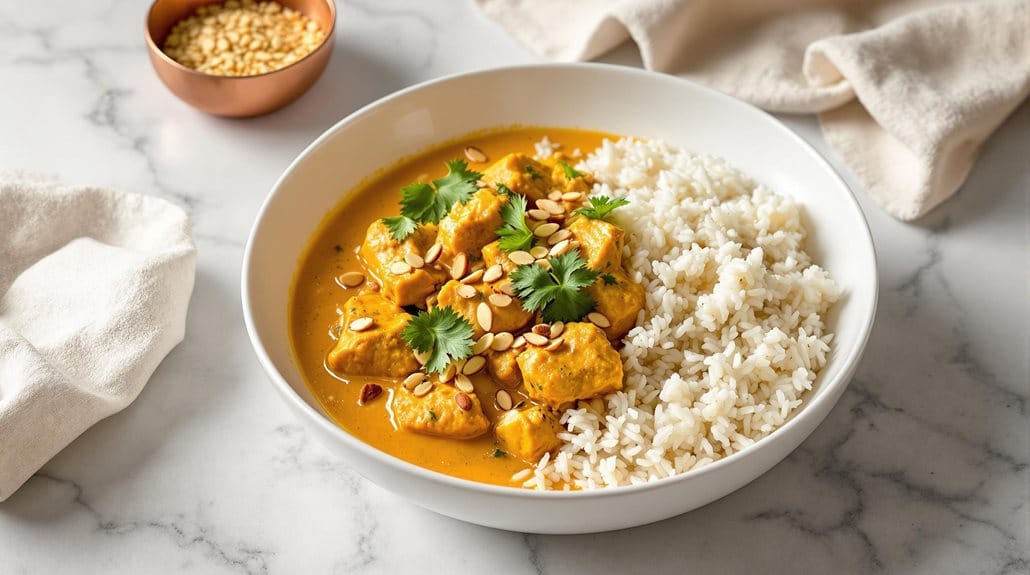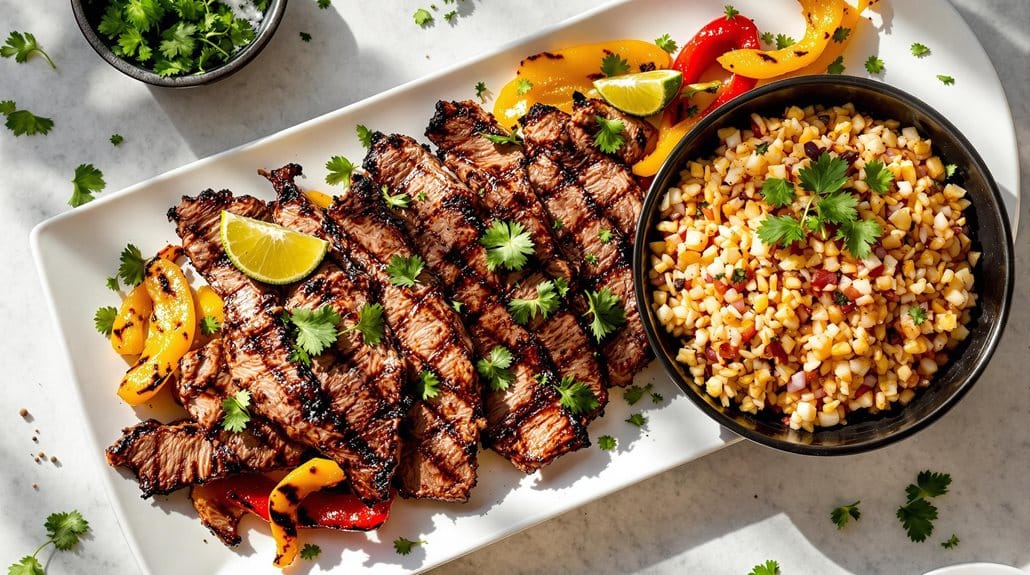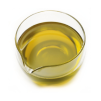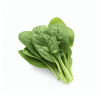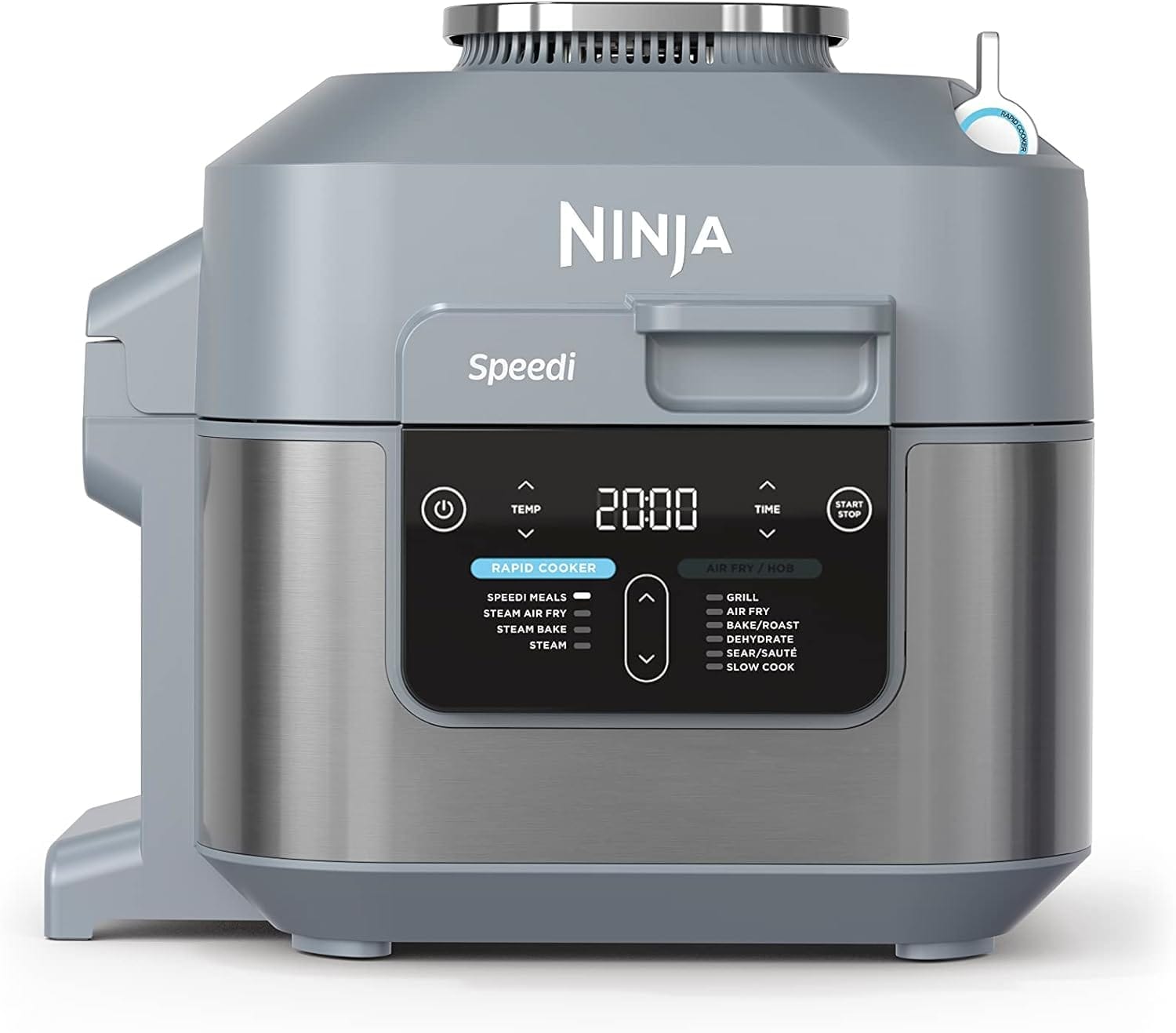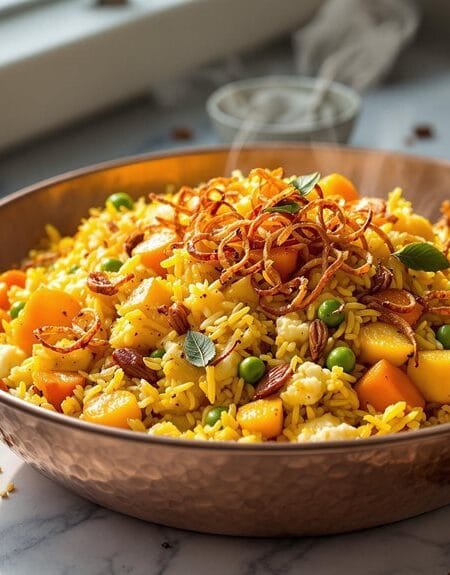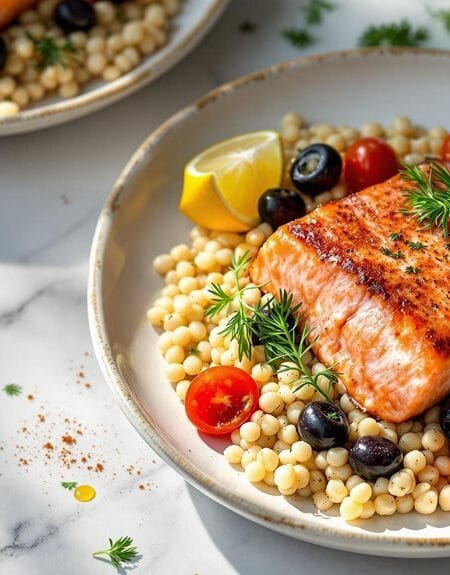| This one-pan pesto salmon with orzo combines Mediterranean flavours and perfectly cooked fish in the innovative Ninja Speedi, requiring minimal cleanup and prep. The restaurant-quality meal is perfect for busy weeknights when you want something impressive yet effortless. For the best results, let your salmon come to room temperature for 15 minutes before cooking to ensure even heat distribution and optimal texture. |
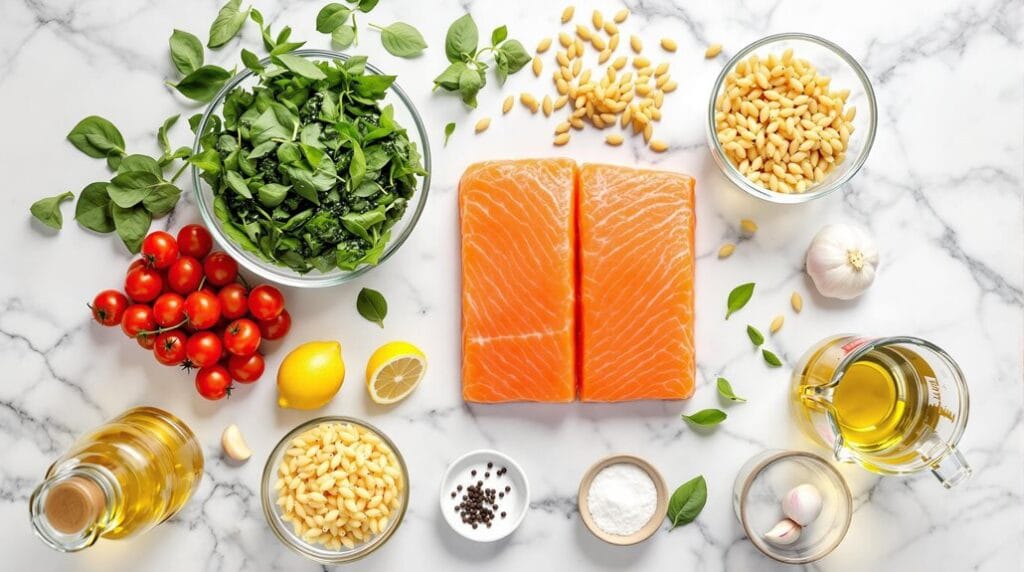
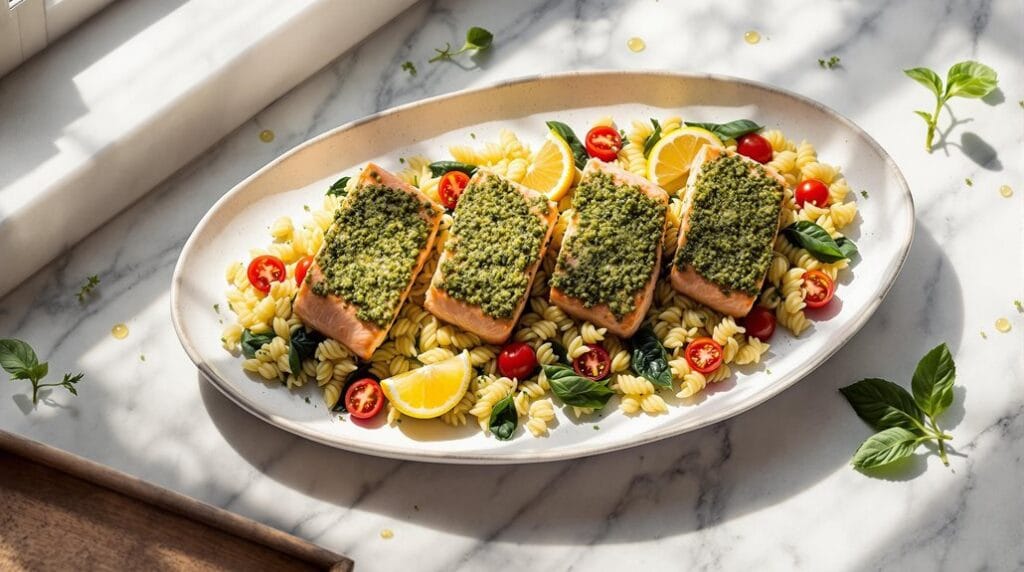
Pesto Salmon With Orzo in Ninja Speedi
Description
Fresh salmon fillets and al dente orzo come together in this delicious Mediterranean-inspired dish. The orzo cooks to perfection in the bottom pot while the salmon gets a beautiful finish in the top crisping tray.
The combination of basil pesto, cherry tomatoes, and tender salmon creates a restaurant-quality meal that's surprisingly simple to prepare at home using the Ninja Speedi's dual-cooking functionality.
Ingredients
Instructions
Bottom Pot:
- Add orzo, chicken stock, garlic, and half the olive oil to the bottom pot.
- Stir in halved cherry tomatoes and season with salt and pepper.
Crisping Tray:
- Pat salmon fillets dry and season with salt and pepper.
- Spread 1 tablespoon of pesto on each fillet.
- Place salmon fillets skin-side down in the crisping tray.
- Drizzle remaining olive oil over salmon.
Cooking:
- Close lid and select Speedi Meals function.
- Set temperature to 180°C and timer for 15 minutes.
- When cooking is complete, stir baby spinach into the orzo until wilted.
- Squeeze lemon juice over the entire dish before serving.
Nutrition Facts
Servings 4
- Amount Per Serving
- Calories 1431.81kcal
- % Daily Value *
- Total Fat 70.06g108%
- Saturated Fat 14.89g75%
- Cholesterol 226.74mg76%
- Sodium 2031.23mg85%
- Potassium 2254.82mg65%
- Total Carbohydrate 91.96g31%
- Dietary Fiber 5.91g24%
- Sugars 8.65g
- Protein 102.77g206%
- Vitamin A 371.38 IU
- Vitamin C 41.42 mg
- Calcium 142.94 mg
- Iron 4.87 mg
- Vitamin D 43.56 IU
- Vitamin E 16.05 IU
- Vitamin K 135.66 mcg
- Thiamin 1.05 mg
- Riboflavin 0.95 mg
- Niacin 40.57 mg
- Vitamin B6 2.94 mg
- Folate 192.43 mcg
- Vitamin B12 12.79 mcg
- Phosphorus 1241.9 mg
- Magnesium 201.86 mg
- Zinc 3.47 mg
* Percent Daily Values are based on a 2,000 calorie diet. Your daily value may be higher or lower depending on your calorie needs.
Note
Tips: For best results, verify salmon fillets are similar in thickness for even cooking.
If the orzo appears dry during cooking, add an extra 60ml of hot stock.
The pesto can be homemade or shop-bought, but fresh pesto will provide the best flavour.
Let the dish rest for 2-3 minutes after cooking to allow the orzo to absorb any remaining liquid.


